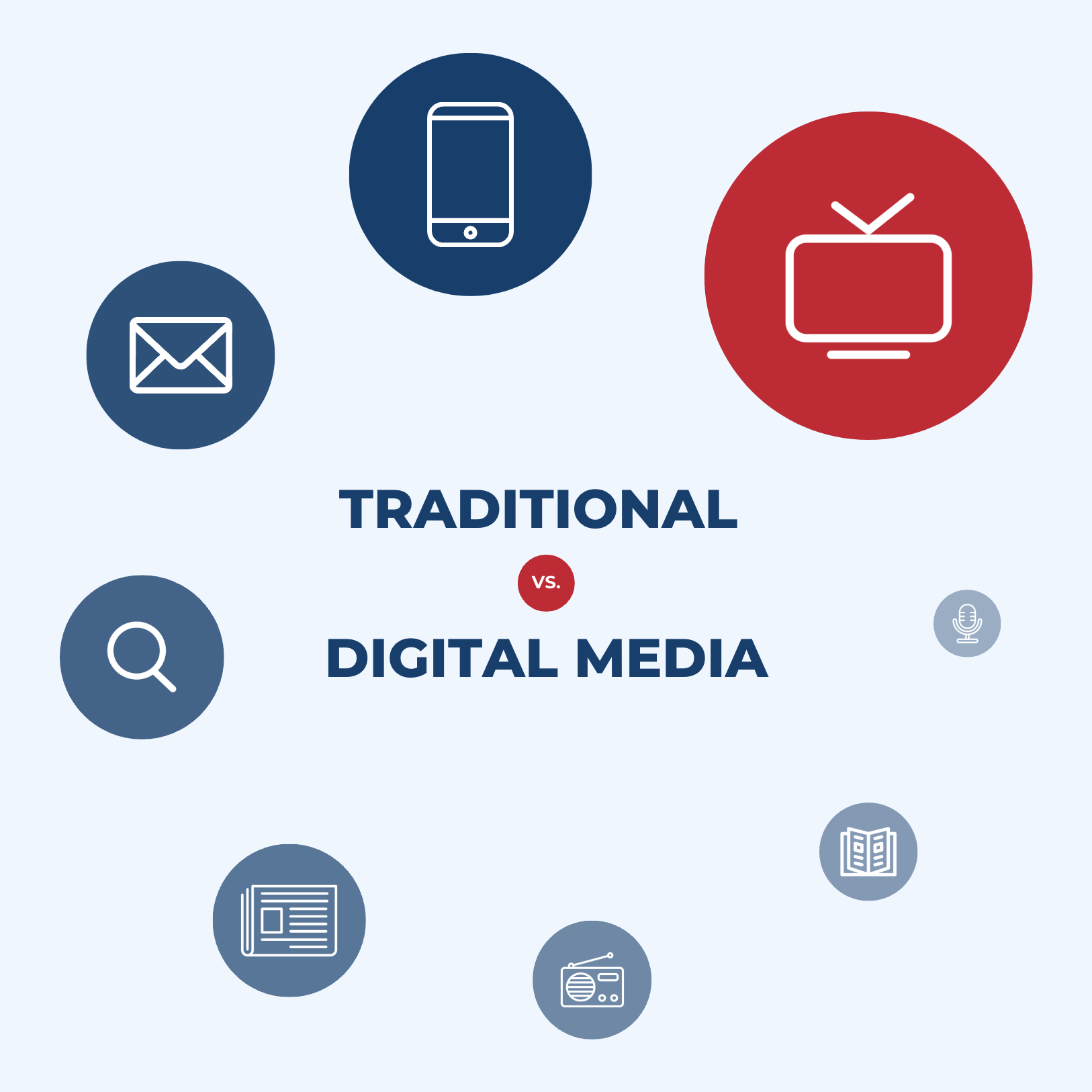Former state prosecutor and House Judiciary Chair to file campaign papers Monday North Kingstown, RI —…
As new marketing trends grow, traditional marketing still delivers
TV Holds Its Own in the Digital Age
by John Houle
So, where do you turn when you need to deliver your message out effectively and efficiently? Social Media? Radio? Newspapers? TV? When Facebook needed to stop the bleeding and address fake news and data misuse, where did they go? To its own platform? Towards digital advertising?
Facebook went on TV, spending an estimated $30 million on commercials that began airing April 25, 2018 through May 29, 2018, according to iSpot, a real-time TV ad analytics firm.
Who would have thought that more than 70 years after TV first became popular after World War II that it would still be one of the most effective advertising tools? Recent data shows that adults spend 13 times more minutes watching video on television than on the Internet, and 23 times more than on their mobile devices.
Facebook is not the only media conglomerate turning to traditional media. Google paid an additional $5 million for a single 30-second spot in early 2017 to debut its Google Home AI assistant.Obviously, many small businesses do not have the resources to compete against the likes of Google or Facebook, or do they?
Local businesses can still “out-local” their larger national competitors by purchasing ads on their market’s broadcast affiliates (CBS, NBC, ABC, Fox) and flooding their local region with inexpensive cable television ads. A recent MarketShare study analyzed advertising performance across industry and media outlets like television, online display, paid search, print and radio advertising. The advanced marketing analytics researcher found that TV has the highest efficiency at achieving key performance indicators for sales and new accounts. When comparing performance at similar spending levels, TV averaged four times the sales increase over digital
marketing.
This does not mean that you shouldn’t focus on digital and other new media strategies.
On the contrary, they should be blended in with your current campaign. In terms of digital marketing, start with the two guerrillas in the marketing room, since Google and Facebook account for 84% of all online advertising.
In an April 2018 ranking of the number of active accounts across Social Media platforms, Facebook was recorded to have 2.2 billion monthly active users. YouTube was second with 1.5 billion active users, while Instagram came in 6th place with 800 million monthly active accounts. Twitter is in 12th place with 330 million users, and LinkedIn is in 15th place with 269 million users.
For businesses with limited budgets and resources, your focus should remain on where your current clients and most potential prospects are spending their time. Many of them are on Facebook, searching on Google, and watching YouTube, so if you’re going to do any digital advertising you should start there. Facebook and Google may not dominate forever. Will their digital marketing have the lasting power of television advertising, or will they go the way of MySpace and Blackberry? If Millennials, and Generation Z who follow them, are any indication, social media trends may change dramatically. An estimated 78% of 18- to 24-year-olds are on Snapchat, and 71% use it multiple times per day. They’re also active on Instagram (an estimated 71%), and close to half (45%) are Twitter users. As
Millennials become the dominant group of consumers, we should expect to adjust marketing strategies to reach them more effectively.
As we look into our marketing crystal ball, how does the future look? Video will continue to dominate communications and will be shared and watched across a multitude of screens on TV, computers, tablets and phones. You are already able to target what people are viewing in their online videos.
For those of you who have Alexa in your homes, you more than likely will start searching for products and services using this device, if you’re not already. Advertisers will need to make sure their products and services are coming up at the top of these audio searches, just like we all competed to be on the top of Google searches. Very soon we will need to develop strategies to come up in Alexa’s and
Siri’s top listings. But as the communication vehicles change, one constant will always remain the same: clear, concise messaging always wins out.
John Houle is the CEO of JH Communications, a marketing and public relations firm, and can be reached at 401.831.6123 or at john@johnh376.sg-host.com.



